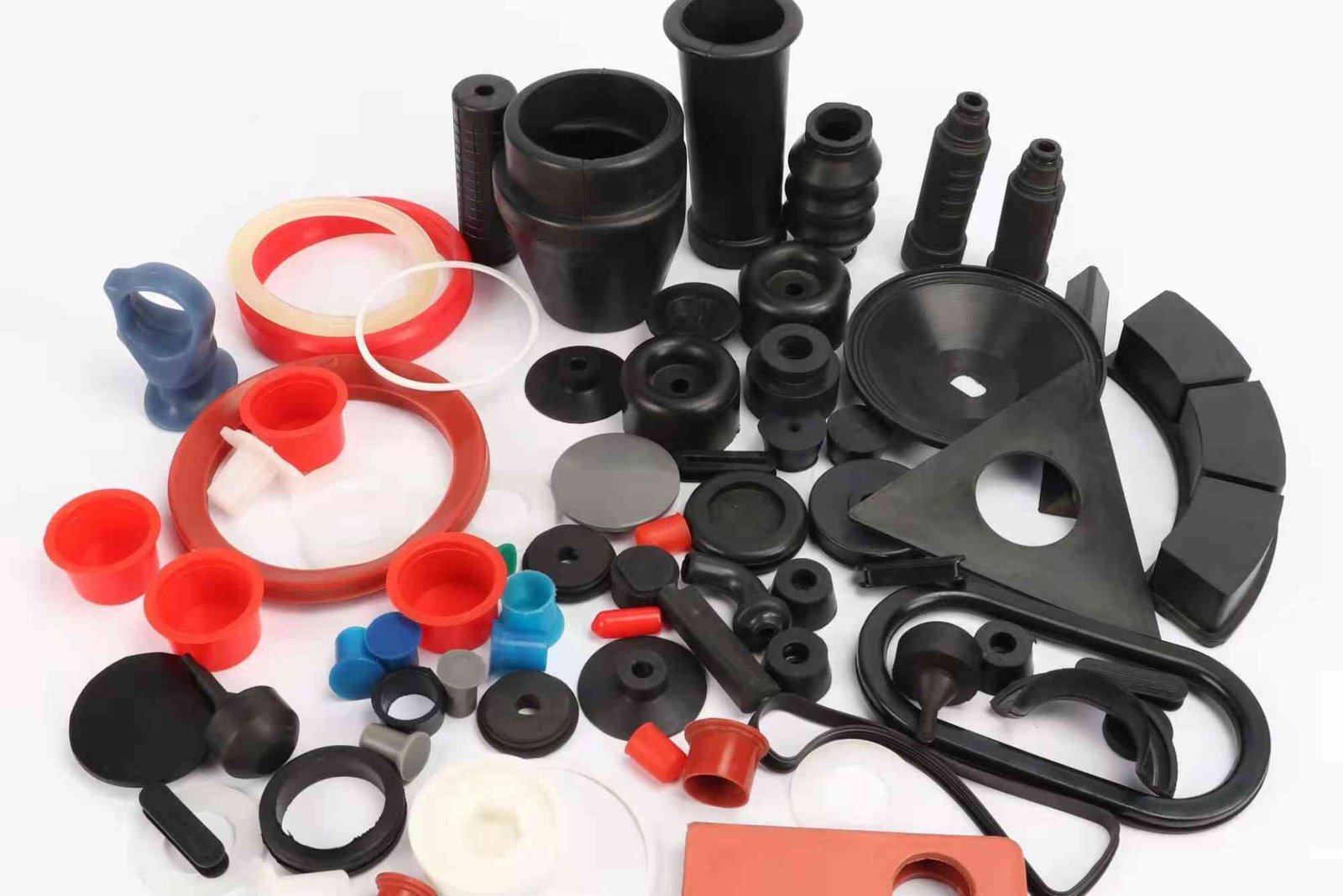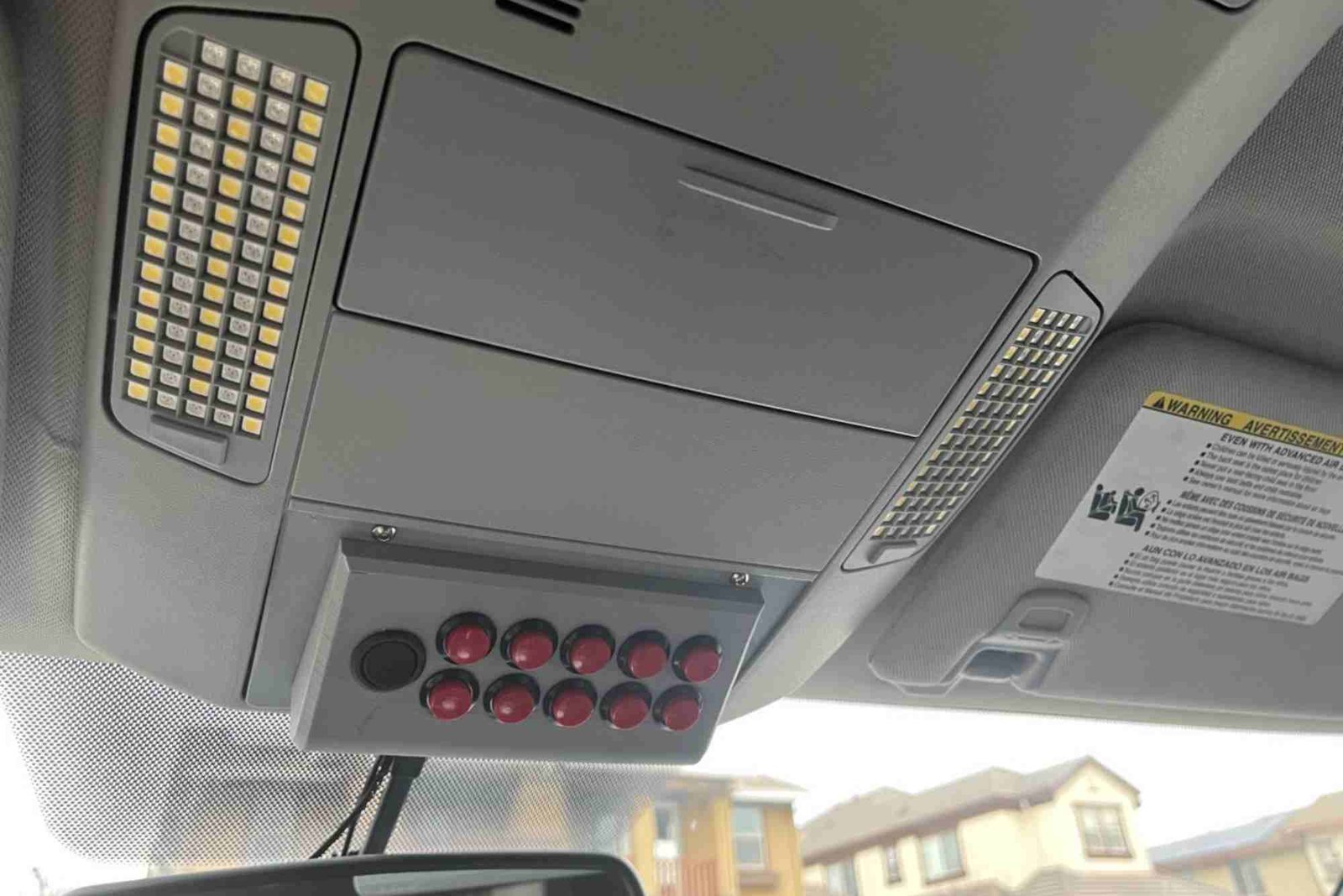Introduction
Negotiating prices with molded parts manufacturers can be both challenging and rewarding. Whether you are sourcing custom plastic components, injection molded parts, or large production runs, knowing how to negotiate prices effectively is vital to achieving cost efficiency and maintaining quality. In manufacturing, price discussions are not just about lowering costs—they are about building long-term value, ensuring consistent supply, and establishing a trustworthy partnership with your manufacturer.
Understanding the right techniques and timing can help you gain leverage and reach a mutually beneficial agreement. This guide explores How To Negotiate Prices with molded parts manufacturers and offers practical insights for business owners, procurement teams, and engineers.
Understanding the Molded Parts Manufacturing Landscape
Before diving into negotiation, it’s essential to understand what factors influence the pricing of molded parts. Manufacturers consider a range of variables including raw material costs, tooling complexity, production time, quality assurance, and order volume. Molded parts production requires significant setup investments—especially for injection molding, where creating custom molds can be expensive.
When you approach a manufacturer, they calculate pricing based on:
-
Mold design and setup costs
-
Type and grade of plastic resin
-
Production volume and cycle time
-
Post-processing and finishing requirements
-
Packaging and shipping expenses
Recognizing these elements helps you frame your negotiation around tangible factors instead of arbitrary discounts.
Building a Foundation of Trust
Negotiations are more successful when both parties see the relationship as a partnership rather than a one-time transaction. Start by demonstrating transparency and reliability. Share your business goals, expected volumes, and timelines. This encourages the manufacturer to view you as a long-term client, often resulting in better pricing and priority treatment.
Trust-building goes beyond numbers—it includes responsiveness, professional communication, and respecting lead times. A trustworthy buyer gets more cooperation when it comes to flexible pricing and better service terms.
Research Market Prices and Industry Standards
Before sitting at the negotiation table, conduct thorough market research. Compare quotes from multiple molded parts manufacturers and study standard market rates for your specific product type and material. Knowing average price ranges helps you assess whether an offer is fair.
You can use online manufacturing marketplaces, supplier directories, or trade publications to gather benchmark pricing. Additionally, consult industry forums and professional networks to learn how others in your field handle price discussions. The more informed you are, the stronger your position becomes during negotiations.
Timing Your Negotiation
Timing can significantly influence your success. Manufacturers often adjust their pricing strategies based on workload, raw material availability, or seasonal demand. Approaching a supplier during their low-demand period might result in more flexibility in pricing.
Similarly, long-term contracts and repeat orders tend to receive better rates compared to one-time projects. Expressing interest in a multi-batch agreement signals commitment, giving manufacturers a reason to offer you volume-based discounts.
Present Clear Specifications
Clarity reduces production uncertainty—and uncertainty increases cost. Provide detailed technical drawings, material specifications, and tolerance requirements early in the discussion. The more precise your request, the easier it is for the manufacturer to estimate accurate costs.
Avoid vague descriptions such as “high-quality plastic.” Instead, specify resin type, color, part dimensions, and surface finish. This transparency not only builds credibility but also allows you to identify potential cost-saving opportunities in design adjustments.
Leverage Volume and Long-Term Commitments
Manufacturers value predictability. If you can project consistent order volumes or sign a supply agreement, you gain significant leverage in price negotiations. Long-term contracts provide financial security to the manufacturer, often leading to better unit pricing, priority scheduling, and flexible payment options.
However, never overcommit. Only promise what your business can realistically purchase. Failing to meet agreed volumes can harm trust and eliminate future negotiation advantages.
Discuss Alternative Materials and Processes
Another effective negotiation tactic is to explore material or production alternatives. Ask your manufacturer whether a different resin, mold material, or molding process could achieve similar results at a lower cost. For example, switching from an expensive engineering-grade polymer to a more common resin may reduce costs without compromising performance.
Manufacturers often appreciate when clients are open to technical discussions, as it enables both parties to find creative solutions that meet quality and budget goals.
Emphasize Quality and Value, Not Just Price
While reducing costs is a priority, don’t let it overshadow product quality. Molded parts with poor dimensional accuracy or surface defects can lead to rework, delays, and customer dissatisfaction. Instead of demanding the lowest possible price, focus on achieving the best value—a balance between cost, quality, and reliability.
Communicate your quality expectations clearly and show that you understand the manufacturing process. This approach earns the manufacturer’s respect and fosters a more cooperative dialogue.
Use a Win-Win Negotiation Approach
Negotiations succeed when both sides benefit. Pushing too hard for discounts may backfire, leading to reduced service quality or reluctance from the supplier. Instead, identify areas where both parties can gain—such as faster payments, shared logistics costs, or flexible lead times.
For instance, offering early payment or partial prepayment might justify a modest price reduction. Similarly, agreeing to longer lead times can help the manufacturer plan production more efficiently, lowering their costs and enabling them to pass savings on to you.
Seek Cost Transparency
Request a cost breakdown to understand where the major expenses lie. Most professional molded parts manufacturers are open to sharing general cost components without revealing proprietary details. This transparency allows you to identify negotiable areas, such as packaging, shipping, or secondary finishing.
If a supplier hesitates to share cost data, politely explain that you’re seeking clarity to optimize design and production efficiency—not to undermine their profit margins.
Build Long-Term Relationships
Negotiations don’t end once the price is agreed upon. Maintaining a strong post-deal relationship with your manufacturer sets the stage for future cooperation. Regularly review performance, quality, and delivery timelines. Express appreciation for consistent service, and address issues constructively.
Manufacturers are far more likely to offer preferential pricing to clients who communicate well and consistently bring business. A good relationship can open doors to technical support, faster turnaround, and exclusive price advantages.
Common Mistakes to Avoid When Negotiating
-
Focusing only on cost instead of total value
-
Failing to prepare or research market standards
-
Overpromising order volumes
-
Ignoring the manufacturer’s constraints or lead times
-
Using aggressive or disrespectful tactics
Avoiding these mistakes ensures that negotiations remain positive, productive, and beneficial for both parties.
How To Negotiate Prices — Real-World Example
Consider a small business sourcing plastic housings for electronic devices. By requesting three supplier quotes, they discovered a 20% price difference between manufacturers. After analyzing cost breakdowns, they learned one supplier used a higher-grade resin than required. By switching to a suitable alternative and committing to quarterly orders, the business successfully negotiated a 15% price reduction while maintaining quality standards.
This example illustrates the importance of research, flexibility, and communication when learning How To Negotiate effectively with molded parts manufacturers.
Build Value, Not Just Discounts
Learning How To Negotiate Prices with molded parts manufacturers is about creating balance—aligning your cost goals with the manufacturer’s operational needs. Effective negotiation requires preparation, transparency, and mutual respect. By understanding market dynamics, presenting clear specifications, and focusing on long-term collaboration, you can secure competitive pricing without compromising quality.
Remember, the best deals are those that sustain profitable relationships and ensure steady production. For more insights and in-depth negotiation strategies, Read more on en.wikipedia.org about supplier relations and industrial sourcing best practices.
FAQs
How do I get the best price from a plastic parts manufacturer?
Request multiple quotes, provide detailed specifications, and explore volume-based pricing. Building long-term partnerships often leads to better deals.
What is the best way to negotiate with suppliers?
Stay professional, focus on mutual benefit, and use data-driven discussions instead of arbitrary demands. Emphasize consistent business rather than one-time transactions.
Can I negotiate tooling costs?
Yes, tooling costs are often negotiable. You can ask for partial payments, shared costs, or amortization across multiple orders.
Why do molded parts manufacturers charge differently?
Pricing depends on factors like material choice, mold design complexity, and production volume. Always compare suppliers with similar capabilities.
Is it better to negotiate before or after getting a quote?
Always negotiate after receiving detailed quotes. This gives you a benchmark and prevents misunderstandings about what’s included in the pricing.




